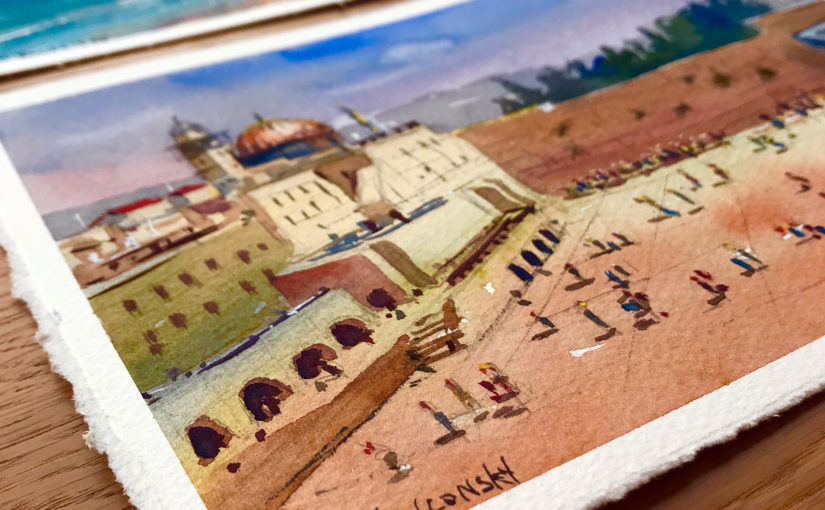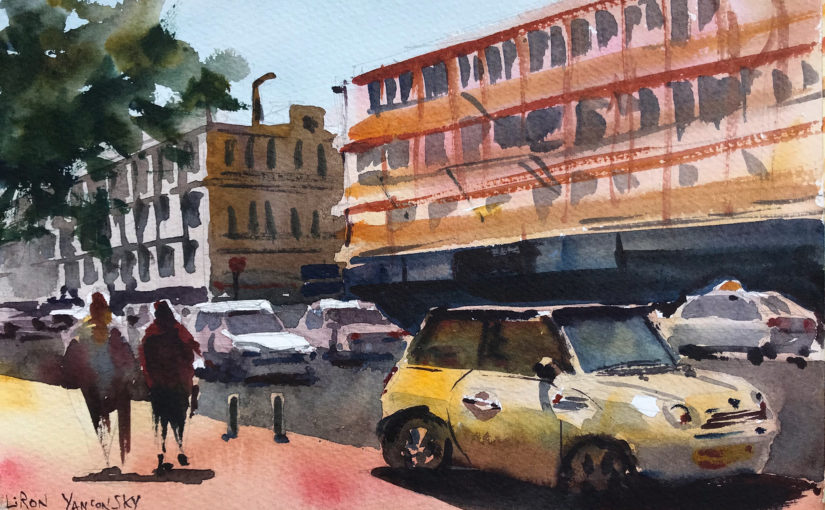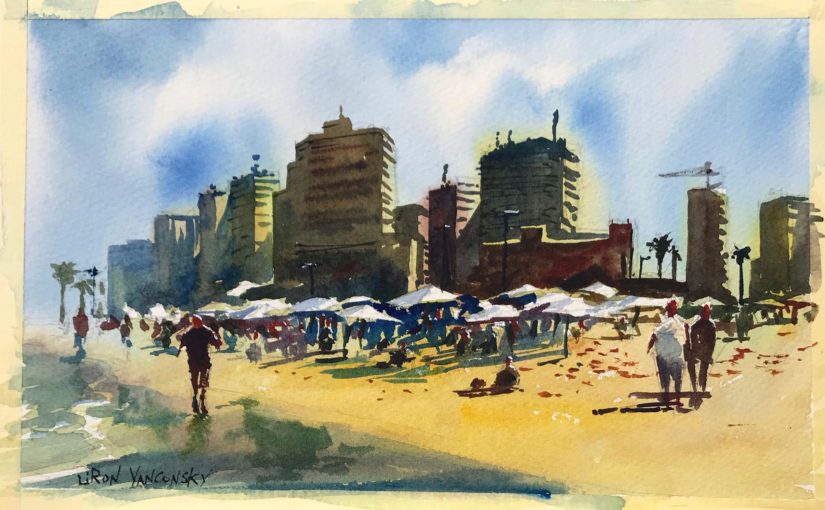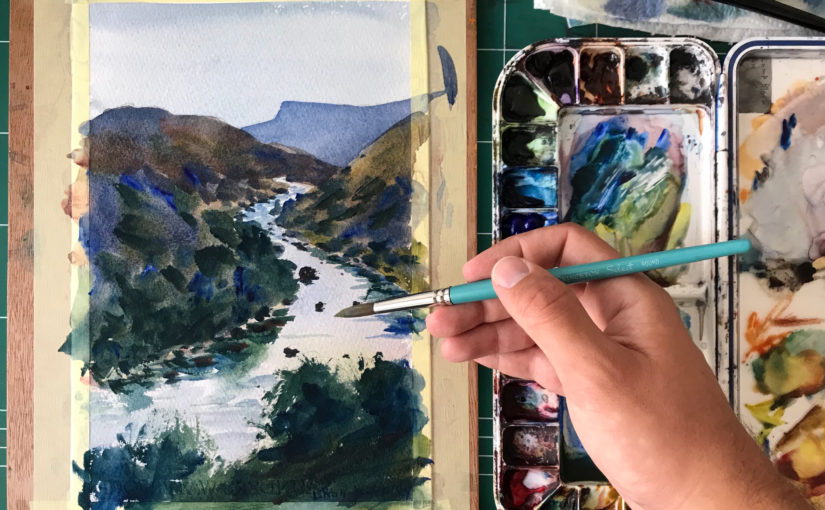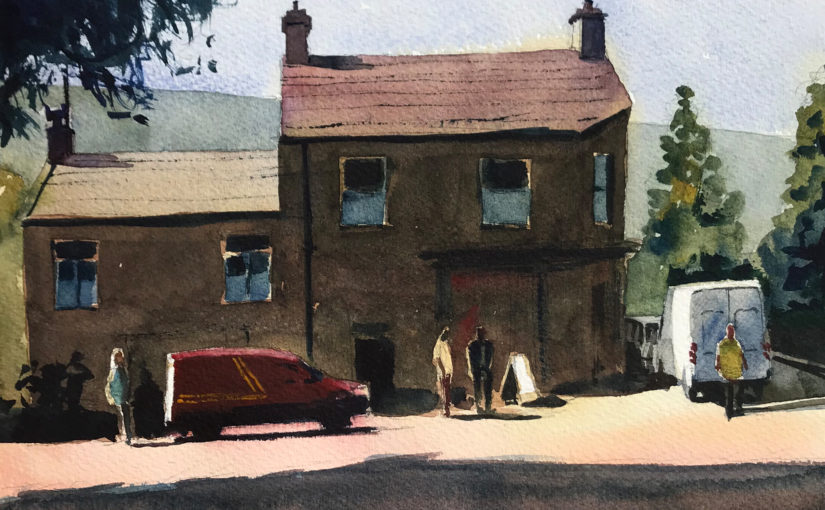Podcast: Play in new window | Download
Hi there, Liron here! In today’s episode we’ll talk about how to create art more consistently, and the mental “switches” you have to flip to get there.
If you want to read a more detailed version of the topic, be sure to check out my LinkedIn article here: How to Create Art More Consistently.
Here are the key points I talk about…
1. Ask Yourself Why
If you aren’t succeeding in sitting down to create consistently, ask yourself – why?
And while you’re at it – Why do you even want to do it in the first place?
A strong WHY matters when it comes to discipline, work ethics and creating consistently.
2. Create a Vision
This is the part where you start to learn and understand what motivates you, and what goal you want to strive towards. You want to have a written vision you can read every single day.
3. Read it EVERY DAY
That’s a very important part. You want to really internalize your vision and what you strive towards.
I’ve been doing this almost every single morning for the last 5 years, and it’s truly a game-changer.
Artist Corner – Tony Foster
Today we talked about Tony Foster, an English watercolor and oils painter.
What makes his work really unique in my opinion is it’s DIMENSIONS. He does HUGE paintings – plein-air!
It’s really something.
You can check it out here: Tony Foster
And here’s where you can find me…
Check out my YouTube Channel – Liron Yanconsky
Or ask me questions on Instagram – @LironYanIL or Snapchat – @LironYan3
I hope you enjoyed this one. Take care, and we’ll talk again really soon,
— Liron

